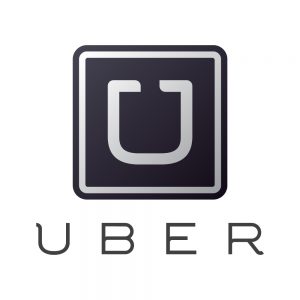 Uber has been accused of using a secret software program to spy on its rival, Lyft, from 2014 to 2016. Using its software, Uber could track how many Lyft drivers were available for new rides and where they were. The company then took action to encourage these drivers to drive for Uber instead. Lyft said in a statement, “If true, these allegations are very concerning.”
Uber has been accused of using a secret software program to spy on its rival, Lyft, from 2014 to 2016. Using its software, Uber could track how many Lyft drivers were available for new rides and where they were. The company then took action to encourage these drivers to drive for Uber instead. Lyft said in a statement, “If true, these allegations are very concerning.”
Uber’s program, dubbed “Hell,” was a counterpoint to “God View,” the company’s tracking tool for customers and its drivers. Uber came under fire in 2014 after disclosures that God View was used by employees to spy on customers in real time without their permission.
God View was reportedly used as a stalking tool during Uber’s 2011 launch party in Chicago, with the software tracking about 30 users in real-time for partygoers’ entertainment. A Buzzfeed journalist, Johana Bhuiyan, also reported being tracked without her permission with “God View” by New York executive Josh Mohrer. There were also reports that rank and file employees were spying on ex-girlfriends and celebrities using the program.
Using this information, Uber targeted Lyft drivers who also drove for Uber by sending them more ride requests, effectively limiting their ability to pick up Lyft riders instead. A report by The Verge published in 2014 revealed that Uber was using independent contractors to repeatedly order and cancel rides on Lyft with burner phones and credit cards.
Uber also targeted Lyft’s drivers by offering them incentives and financial bonuses that were not offered to Uber-only drivers. The belief is that Uber created these incentives to convince those drivers to spend their time driving for Uber. Uber ultimately spent tens of millions of dollars a week in bonuses. That advantage over Lyft helped Uber maintain its lead in the ride-sharing market.
Uber has made a lot of questionable decisions in recent years. The New York Times revealed last month that Uber was using a different piece of software nicknamed “Greyball” to detect and evade law enforcement officers in cities where Uber was operating illegally. Uber reportedly used Greyball to evade authorities in cities like Boston, Paris, and Las Vegas, as well as countries like Australia, China, and South Korea. After the news broke, Uber pledged to stop using Greyball
In January, Uber was accused of undermining a taxi strike at New York City’s JFK airport. In February, software engineer Susan Fowler published an exposé about the sexual harassment rampant in the company. A few weeks later, the company’s billionaire CEO Travis Kalanick was videoed yelling “bullshit!” at an Uber driver who confronted him about lowering fares. Rachel Whetstone, Uber’s former head of communications, resigned from the company earlier this week.
